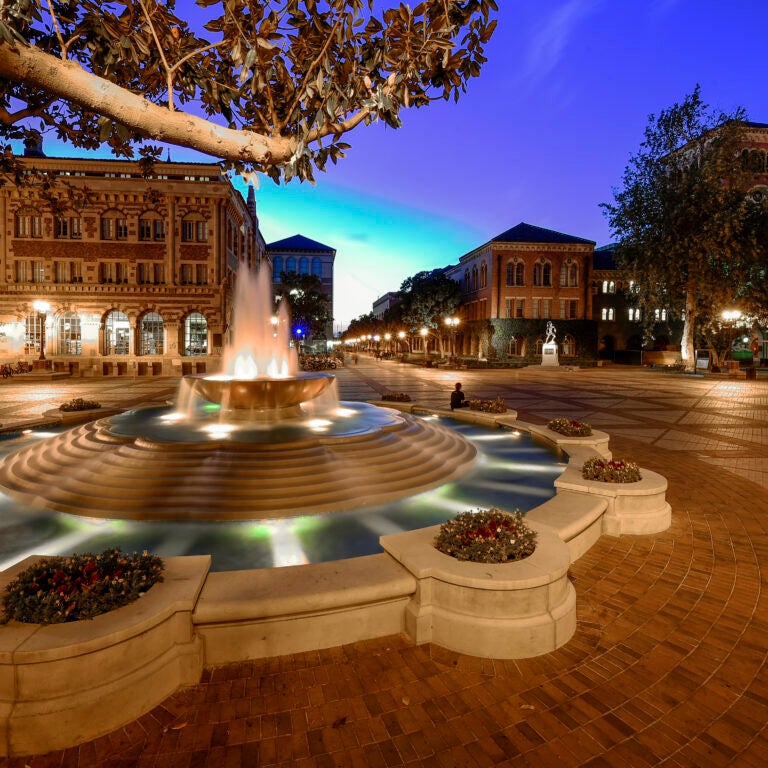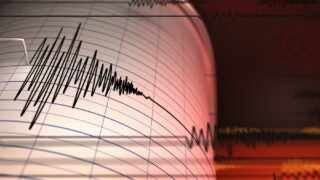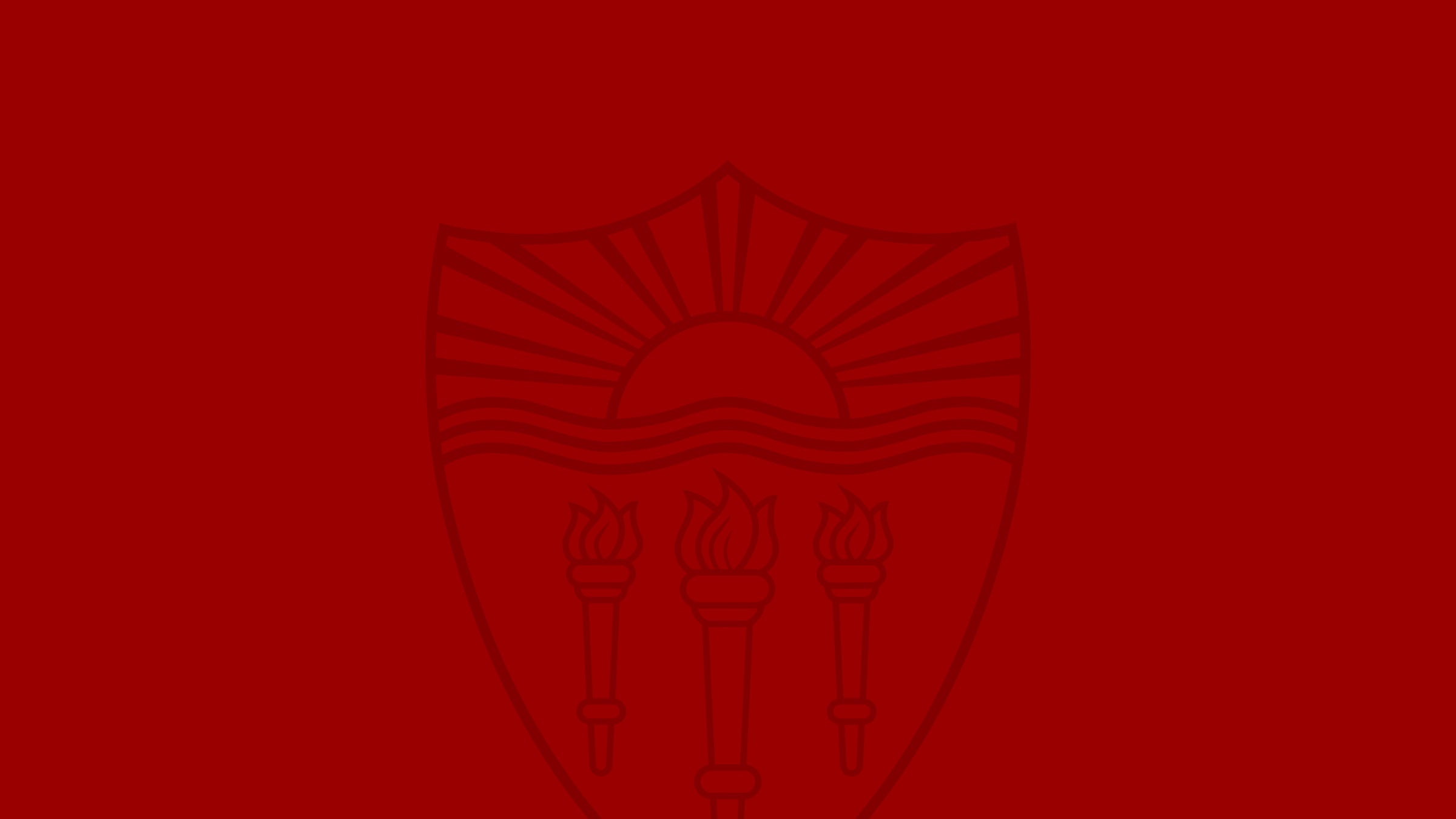Researchers at the USC-based Statewide California Earthquake Center contributed models that forecast earthquake ruptures for the U.S. Geological Survey’s National Seismic Hazard Model.
Earthquakes
News Listing
The worldwide Great ShakeOut drill originated in 2008 at USC, which serves as home base for the influential Statewide California Earthquake Center.
Ahead of Thursday’s Great ShakeOut drill, the director of the USC-based Statewide California Earthquake Center discusses its expanding role.
An analysis of historical seismic events by a USC Dornsife scientist helps explain why large tsunamis still occur after relatively small earthquakes.
The Southern California Earthquake Center at USC Dornsife is deploying high-performance computers, sensors and other high-tech gadgets to better prepare Californians for severe seismic activity.
The annual drill at USC is meant to remind students, faculty and staff of what to do in the event of an earthquake and encourage them to make their homes and offices earthquake safe.
It's the fourth U.S. Geological Survey disaster scenario that incorporates economic consequence analysis in which USC researchers have played a major role.
As the new director of the Southern California Earthquake Center, Yehuda Ben-Zion wants to advance quake forecasting to a place where we can see the “big one” coming.
On Oct. 15 — also known as International ShakeOut Day — an emergency preparedness webinar open to the entire USC community will explain how to prep for a quake during the era of COVID-19.
Sylvain Barbot shares why he studies temblors and what needs to happen before we can forecast quakes.










